Buy to Let Mortgage
- Access to competitive rates
- Specialist Mortgage Advice
- Relationships with a variety of lenders
What's On This Page?
Get In Touch
Home » Buy to Let Mortgage

Buy to Let Mortgage
Kelly Nicholson and Lauren Tebb explain Buy to Let mortgages.
What is a Buy to Let mortgage and how do they work?
A Buy to Let mortgage is a mortgage on a property that you intend to rent. They are regulated differently and are specific to renting a property as an investment. The way that lenders calculate how much to lend to you also works slightly differently.
What is the difference between a Buy to Let mortgage and a residential mortgage?
A Buy to Let mortgage is less regulated than a residential mortgage. In terms of the borrowing amount, Buy to Let is more focused on how much rent you’re going to get, rather than how much you earn personally.
On a residential mortgage, your salary and any other income is factored in. On a Buy to Let, generally speaking, the focus is on that rent.
How is a personal Buy to Let different to a limited company Buy to Let?
We’re seeing more and more limited company Buy to Lets across the market. It’s where you would set up a business and the limited company owns the property in its own right. Where a limited company owns the property, the directors and shareholders need to make a Personal Guarantee, but legally the company is a completely separate entity and will own the property.
Personal Buy to Let is where somebody as an individual – or jointly as a couple – owns the property in their individual name.
The way you declare the rental income and pay tax on it are different depending on how the ownership is set up.
Who can get a Buy to Let mortgage? Can anyone?
Pretty much, yes. More lenders are coming into the First Time Buyer, first time landlord market, although they are still few and far between. So there are now more options to get a Buy to Let mortgage even if you’re a First Time Buyer. If you already have a residential property or a history or renting other properties already, it’s easier to get a Buy to Let mortgage.
We work with individuals, couples, limited companies and also portfolio landlords, who are those with four or more mortgaged Buy to Let properties.
How much can you borrow on a Buy to Let mortgage and what deposit do I need?
There’s no hard and fast rule on how much you can borrow on a Buy to Let mortgage as each lender is different. The way that the lenders calculate how much you can borrow is mostly down to the rent that that individual property will receive but other factors are taken into consideration.
They have internal ‘stress tests’ to calculate how much they will lend, which also depends on your individual tax status. For higher rate and basic rate taxpayers, the stress test to calculate affordability is different.
It’s also affected by your choice of mortgage product. Lenders at the moment have individual calculations if you were to tie in to a 2 year fixed rate or a tracker product which are very different to the calculation on a 5 year fixed rate product.
In terms of a deposit, the general rule is that you need a 25% deposit on the property price. Some lenders will allow a lower deposit, such as 15% or 20%, but they are very limited. These lenders usually charge a much higher interest rate and higher product fees, so a 25% deposit will give you more options.
Speak To an Expert
What other costs are involved for Buy to Let?
The process is pretty much the same as if you are buying residential property. You will need a solicitor to carry out the legal work, and there are a couple of additional checks, so you need to factor those in.
One example is whether the property has an EPC and what rating the EPC is, this is very important to have in place as this could affect the lender’s decision to lend against the property and also what product you are eligible for. Similar to residential mortgages, there may be a valuation fee.
There will also be stamp duty costs to factor in. With a Buy to Let property, there is always a 3% surcharge on the stamp duty and the threshold that applies to residential mortgages doesn’t apply in the same way. Therefore it is important to check what those stamp duty costs will be before you commit to buying a property and factor that into your budget.
Is it illegal to rent out a house without a Buy to Let mortgage? And is it illegal to live in your own Buy to Let property?
Illegal is a strong word – it sounds scary, doesn’t it? But essentially, you’re not allowed to do those things. As we mentioned previously, the regulations are different on residential and Buy to Let mortgages. We have to be clear to the lender on what the purpose of that borrowing is, so the regulations are correct.
If you have a residential mortgage and your circumstances change and you now need to rent that property out, you could put a Buy to Let mortgage on that property. Or, perhaps you might be tied into a fixed rate on your residential mortgage but circumstances have changed unexpectedly, in which case you can go to your lender and request Consent to Let. This way, the lender is aware of your intentions and therefore you are within the conditions of your mortgage offer. They usually write a letter to say that’s OK and you’re not in breach of any conditions.
So there are ways to change your mortgage type, but we would always recommend that you always let your lender know if things do change and be honest and clear with your intentions on the property usage.
Should I choose interest only or repayment on a Buy to Let mortgage?
It entirely depends on your circumstances. Interest only is a popular option for Buy to Let properties because your monthly payments are lower and you’ll get more profit at the end of the month.
However, if you did want the certainty that your mortgage is going to be repaid over the term, you can opt for a capital repayment option. It’s all down to your circumstances and preferences.
How many Buy to Let properties can I own? Is there a limit?
With some lenders, yes. Some lenders won’t accept you if you’re classed as a portfolio landlord, which means you have four or more mortgaged Buy to Let properties as not all lenders are in the portfolio landlord market.
Some have their own specific limits, whereas other lenders would allow you to have unlimited mortgaged properties. They will assess your portfolio as a whole and add some extra affordability calculations in there.
So in reality there’s no limit. It just makes things a little bit more complex if you own more properties.
How can a mortgage broker help if somebody is looking into Buy to Let properties? Is there anything else we need to know?
A mortgage broker can help in many different ways. The first thing we’d do is look at affordability for you. We just need the price of the property and an idea of how much rent you’re going to get, plus some personal details so we can do an accurate assessment.
We can then confirm how much you can expect to be able to borrow against that property. We’ll explore if it’s the right property for you and your goals.
We have access to the whole of the market, so we can speak to the lenders before we apply to make sure your criteria fits. If you have got a big portfolio or a few properties, we can make sure that they fit with the lender before moving forward as well.
We can also help you with solicitors, we can provide quotes and help you to find the right solicitor as well as liaising with them throughout the process.
As with a residential mortgage, we’re there to support you through the process: from making an initial offer on the property to the day that you get the keys and beyond that, when the mortgage is ready to be reviewed.
Your property may be repossessed if you do not keep up with your mortgage repayments.
The Financial Conduct Authority does not regulate most Buy to Let Mortgages.
